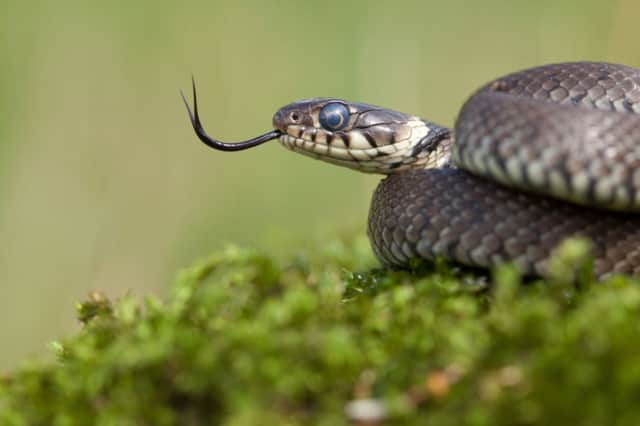Warning as Yorkshire’s iconic wildlife sites ‘slip away like sand’


Monitoring of 6,590 of the country’s “quiet, unnoticed wild places in which nature thrives” such as ancient woodlands, hedgerows and churchyards revealed that 717 of them had been lost or damaged between 2009 and 2013.
East Yorkshire’s Spurn national nature reserve was among those damaged, when it was hit by a tidal surge in 2013.
Advertisement
Hide AdAdvertisement
Hide AdOut of 20 sites monitored in Barnsley, five were damaged and one lost altogether. In North Yorkshire five sites have been lost.
The Wildlife Trusts warn that the figures are just the tip of the iceberg, with many more of England’s 42,865 Local Wildlife Sites potentially under threat.
Local Wildlife Sites are not protected by law, but planning rules require local authorities to identify sites for their wildlife value and provide for their protection under local policy.
They provide homes for wildlife ranging from frog orchids and marsh gentians to grass snakes and water voles.
Advertisement
Hide AdAdvertisement
Hide AdSuch sites are key to helping rebuild nature and reverse losses in wildlife which have seen 60 per cent of species studied decline over the last half century, the Wildlife Trusts said.
But they warned that the “Cinderella” of England’s natural environment is under threat from increased housing construction, new roads and changes to farm environment schemes that reduced incentives for managing land for nature.
A “Secret Spaces” report from the Trusts calls for greater recognition and protection of Local Wildlife Sites, networks of joined-up wildlife sites, targeted Government funding for Local Wildlife Sites and a new Nature and Wellbeing Act to help nature recover.
Stephen Trotter, of The Wildlife Trusts, said: “In some counties they (Local Wildlife Sites) are the best places for wildlife but they continue to slip through our fingers like sand.”